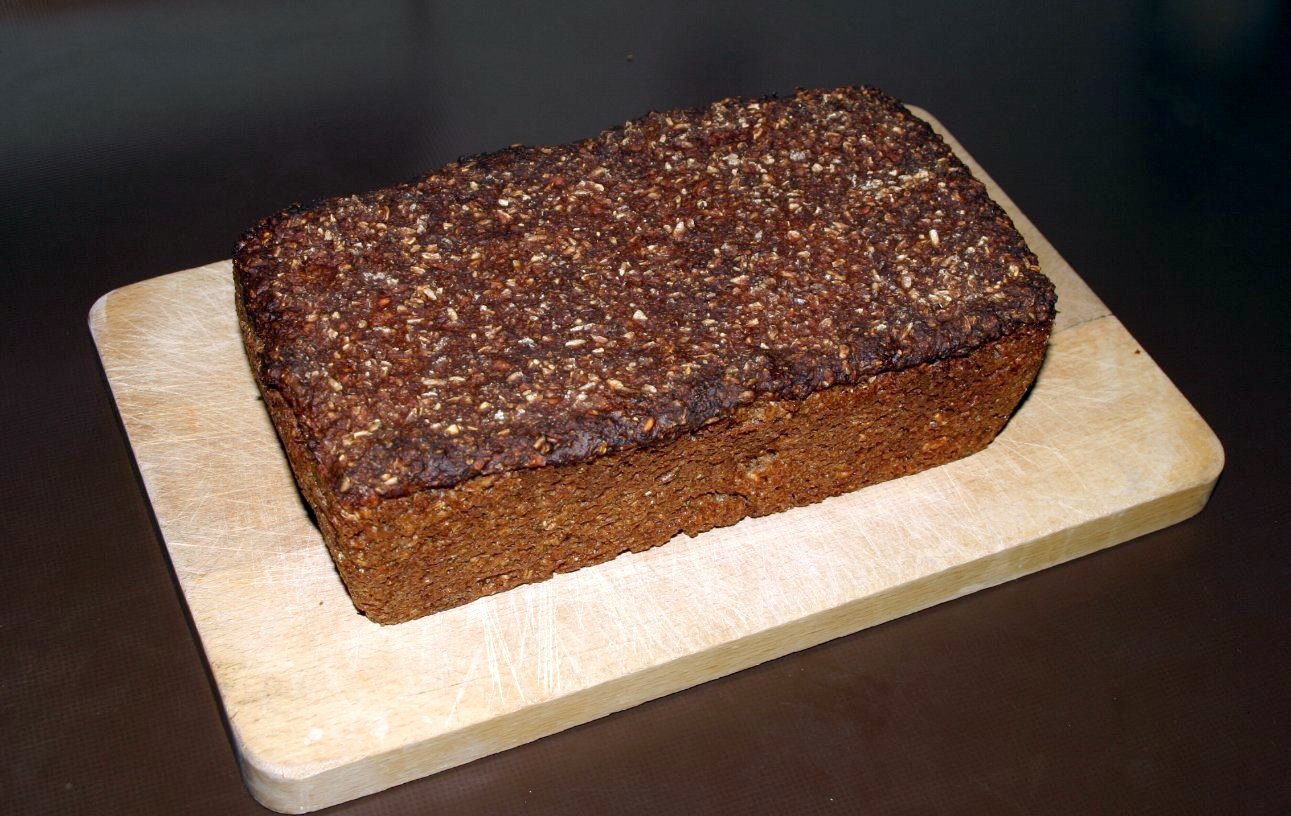johnbowe.info – Rugbrød, or rye bread, is a staple food in Danish cuisine. It’s a dense, dark bread with a distinctive flavor and texture that has been enjoyed for centuries.
A Brief History
Rye bread has a long history in Denmark, dating back to the Viking Age. It was a popular food among the Vikings, who often used it as a source of energy during their long sea voyages. Over time, the Danish perfected the art of making rye bread, developing unique recipes and techniques that have been passed down through generations.
The Characteristics of Rugbrød
Rugbrød is characterized by its dense, chewy texture and its distinctive flavor. The bread is typically dark brown in color and has a slightly sour taste, which comes from the fermentation process. It is often made with a mixture of rye flour and wheat flour, and it may also contain seeds such as sunflower seeds, pumpkin seeds, or flax seeds.
The Many Uses of Rugbrød
Rugbrød is a versatile bread that can be enjoyed in many different ways. It is often eaten with butter and cheese, or it can be used to make sandwiches. It is also a popular ingredient in Danish open-faced sandwiches, known as smørrebrød.
A Healthy Choice
Rugbrød is not only delicious but also nutritious. It is a good source of fiber, vitamins, and minerals. It is also low in fat and calories, making it a healthy choice for people who are looking to maintain a healthy diet.
A Culinary Tradition
Rugbrød is an essential part of Danish culinary tradition. It is often served with traditional Danish dishes, such as stegt flæsk med persillesovs (fried pork belly with parsley sauce) or leverpostej (liver pâté). It is also a popular choice for breakfast, lunch, and dinner.


